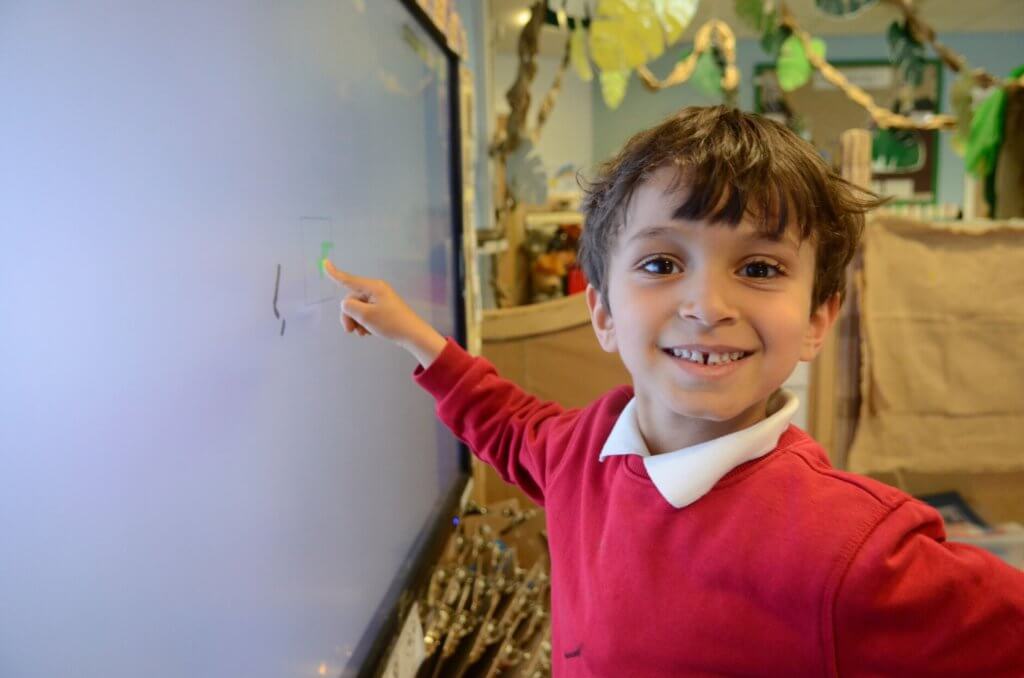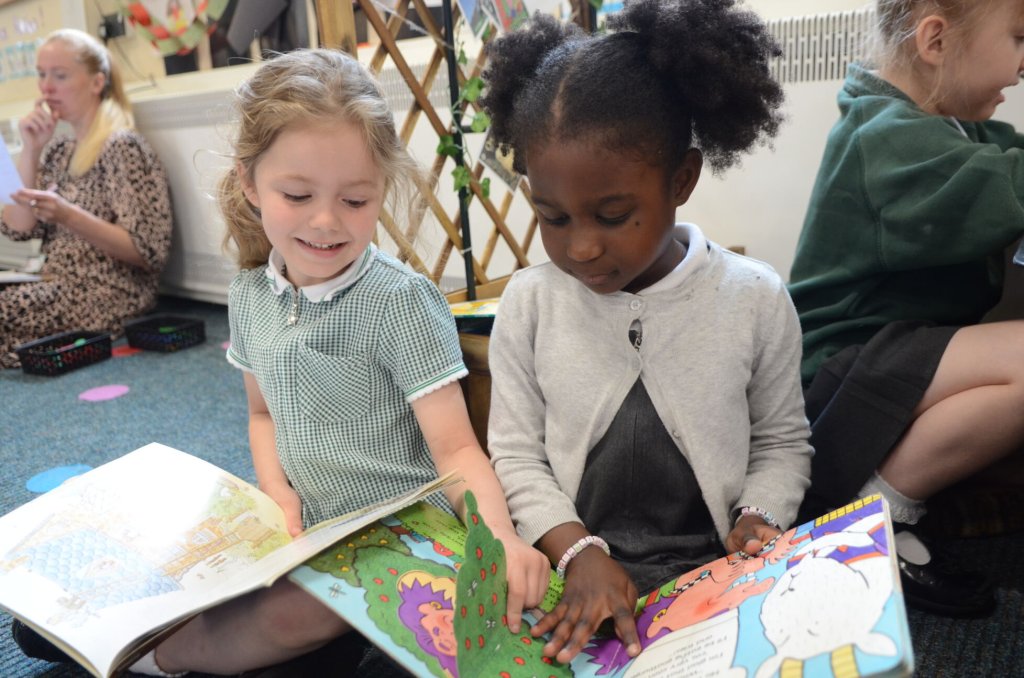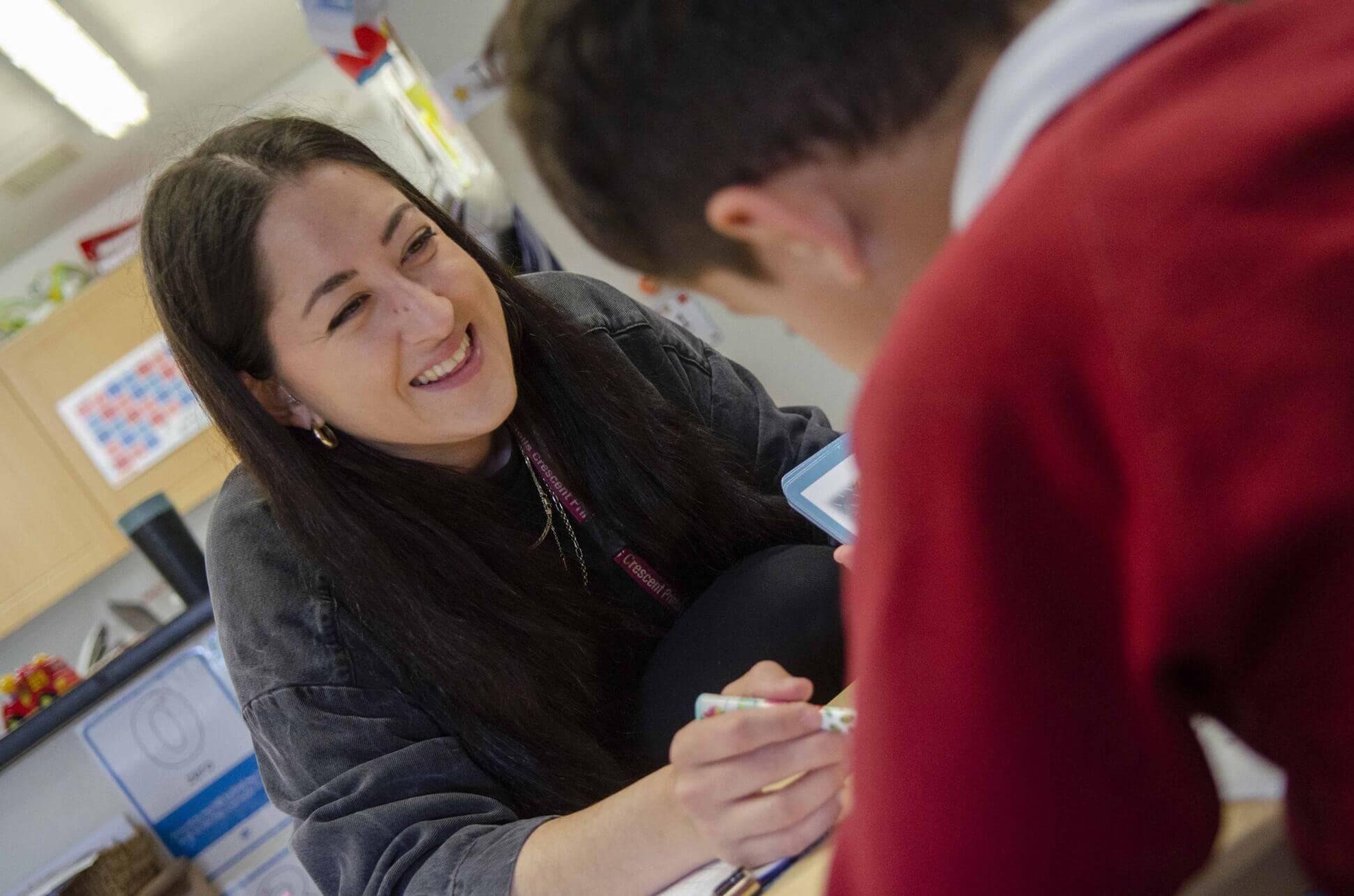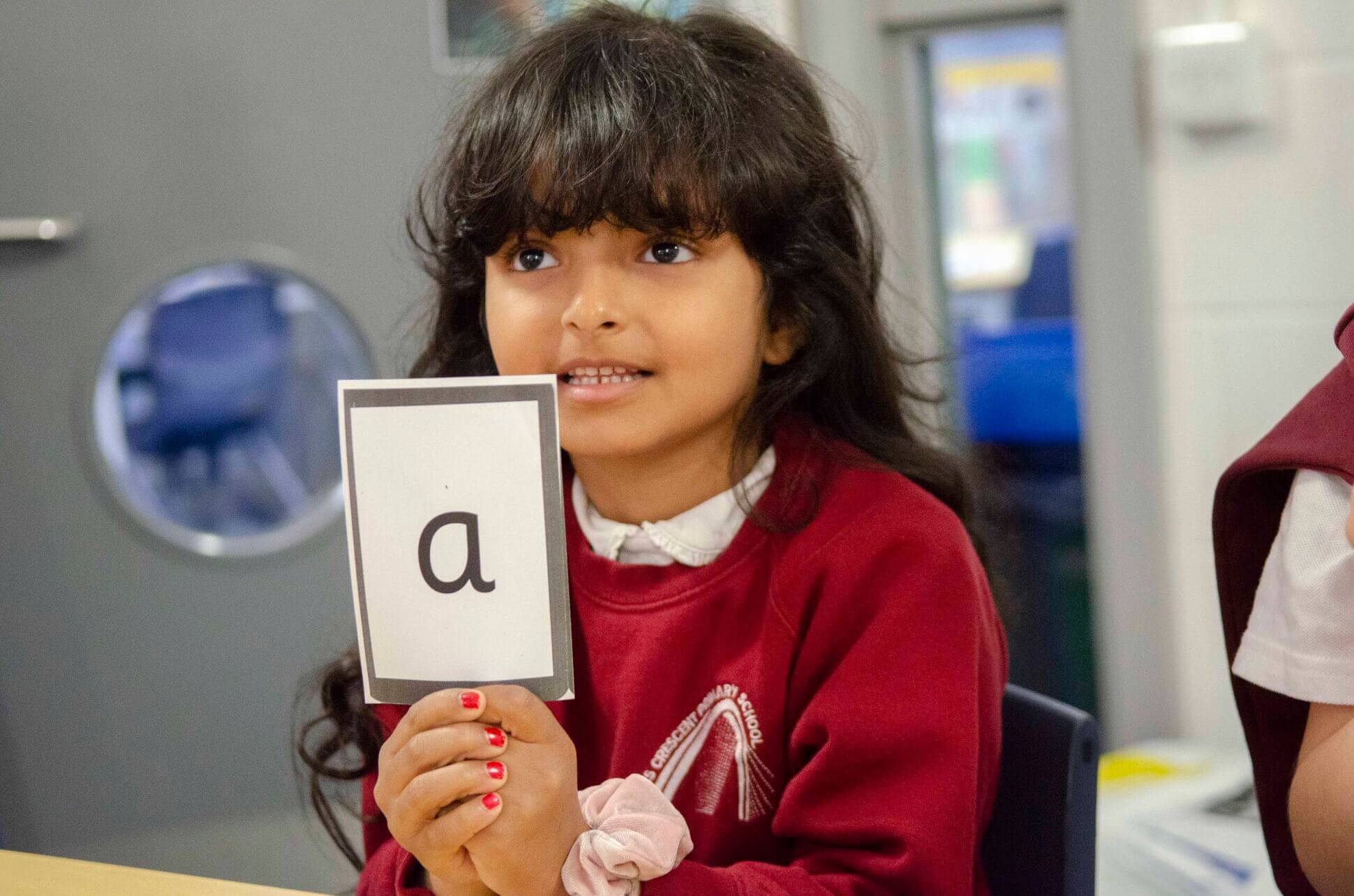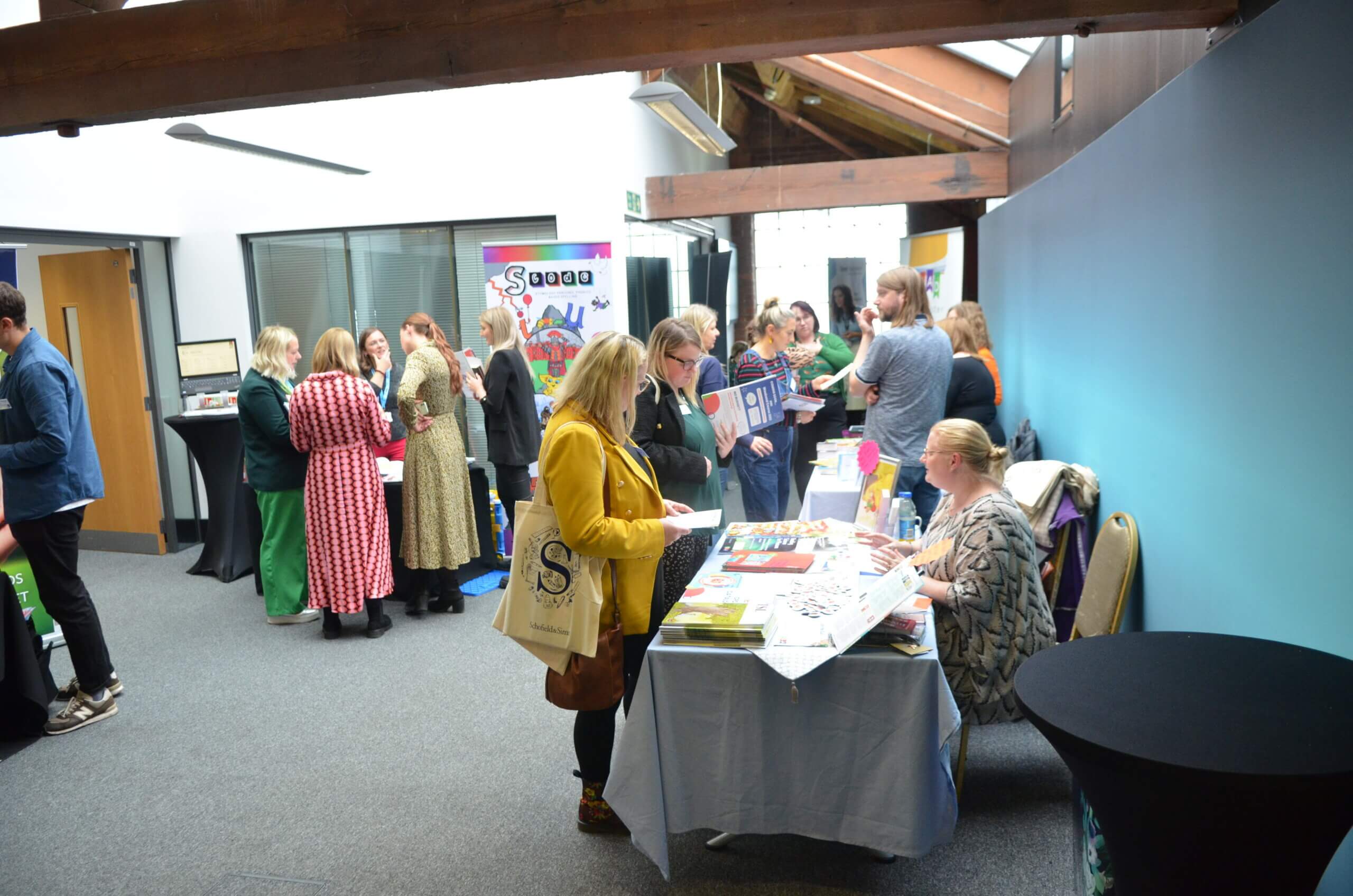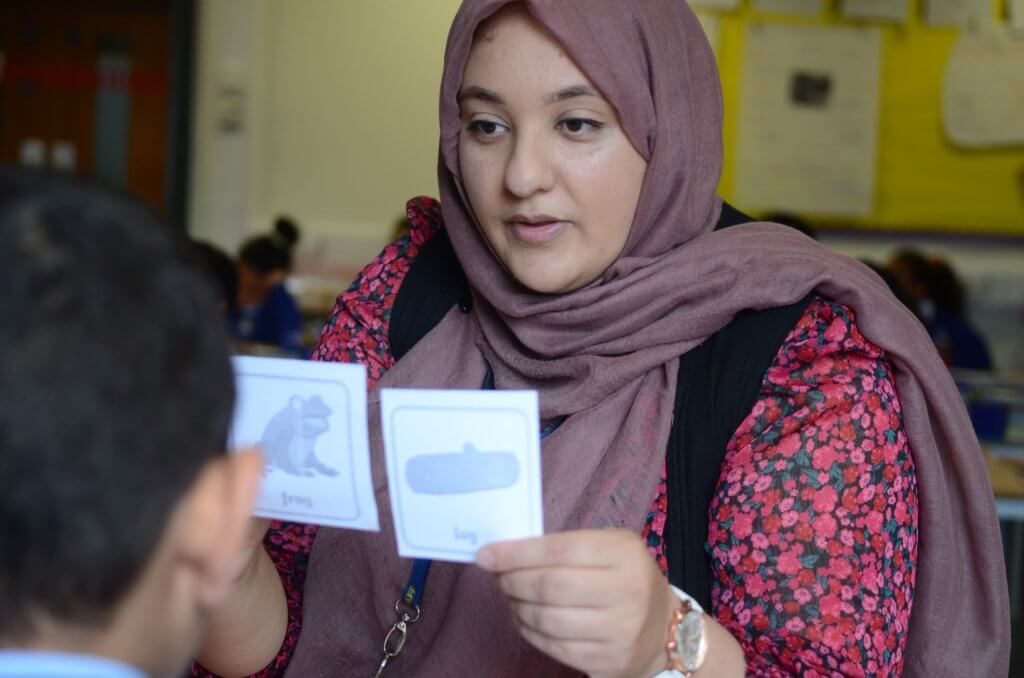An enabling environment is a safe space that creates the opportunity for movement, imagination, collaboration and problem-solving, encouraging children to lead their own learning through play and exploration. Although typically associated with Early Years, the underlying principles can be weaved throughout the Key Stages, creating more complex opportunities for learning and development.
It is important to ensure that enabling environments are nurturing and supportive of all children, including those with Special Educational Needs and Disabilities (SEND). Crucially, enabling environments allow children to share thoughts and ideas with others, supporting the development of speech and language, social skills, as well as their sense of self. This can be especially important for children with speech, language or communication needs (SLCN), who may find it more comfortable to practise speaking in an environment that feels safe and secure.
When creating an environment that inspires speech and communication, it is not just about removing physical barriers for children – sensory, social and emotional factors also have to be considered. To ensure your provision meets the needs of all learners, consider the following features of a communication-friendly setting.
Key Features of a Communication-Friendly Setting
- Optimising Space
Firstly, think about the practical challenges and opportunities that lie within the space. For example, consider how seating might be arranged to encourage discussions between pairs or larger groups. Similarly, think about your own position in the classroom, making sure that you can be heard by pupils at the back of the class, whilst also ensuring your face is well-lit. A well-lit face is especially important if you have pupils with a hearing impairment, standing with your back to a window can leave your face in shadow.
It’s also important to think about how the space impacts pupils’ mood and wellbeing, which is a key part of supporting communication and engagement. Areas that are too cramped may cause pupils to withdraw from social situations, feeling uncomfortable and frustrated. Some children may benefit from being able to retreat to a breakout space, where they can spend some time alone and re-join the group when they are ready. When space is an issue in classrooms, I have successfully used a 5-minute pass which allows the pupil to leave the classroom for 5 minutes to calm before re-joining.
- Visual Aids
Visual support, such as signs, symbols and photographs, can supplement verbal communication for children who struggle to understand spoken language as well as non-verbal social cues. Using photographs with the word written underneath is the most accessible for learners. If not using photographs then coloured symbols are the next best thing. Using programmes such as Widgit or Boardmaker can make theses tasks really easy and many are available to download from Twinkl or similar sites. It is also important to consider using multilingual signs, these can again be made on Widgit or downloaded. These kinds of labels are used a lot in early years, but are used less and less as pupils get older. I believe that there is still a place in high school for labels to provide support!
With classroom displays and printed handouts available to guide them, children can gain a greater sense of independence and achievement in their work, rather than feeling they have to continuously ask for help. Bear in mind that some pupils will struggle to remember what they have seen, or where they are on the page, after continuously looking up at the board and then back down to their work. To support these learners, on-table visual supports are best.
By labelling areas and resources, you can encourage children to follow routines and timetables, always knowing where they need to go to carry out the next task or access the equipment they need. Consider adding illustrations to lesson slides and worksheets to make sure that information is clear and easy for pupils to understand.
When using a timeline, use a lain background so that the information that you want them to see is clear. Also, stand at the back of your classroom and ensure that it can be seen by all. There have been various studies looking at whether you should place your timetable vertically or horizontally but there is not a consensus.
- Noise Levels
In the process of language development, children are still learning to distinguish between language and the other sounds around them. With this in mind, try to reduce auditory distractions and keep background noise to a minimum, creating a better environment for listening and concentration. Some pupils are hyper sensitive noise and will tune into sounds that we can not hear or automatically filter out. Examples of these can be radiators or smart board projectors. If in doubt, ask the pupils what noises they can hear and what noises are disturbing them.
Soft furnishings, including carpets, cushions and hessian displays, can help you absorb sound in the classroom, ensuring that everyone can hear and be heard. Inevitably, the classroom will get louder when children are taking part in play or group discussions, so make sure you are close enough to hear those who may otherwise struggle to get your attention.
- Book Corners
When planning out your classroom, consider where you could include quiet and comfortable areas that create different opportunities for communication between children. As a cosy, soft and secure environment, book corners are the perfect place for storytelling and sharing the joys of reading together.
Make sure that the book corner is equipped with posters, toys and story sacks that encourage pupils to talk about books or even role-play their favourite characters. This will help children to develop their oracy and literacy skills, whilst learning how to pay attention and listen to others.
- Mark-Making and Writing Nooks
As children are experimenting with communication, they will also begin expressing themselves by drawing lines, shapes and patterns. Mark-making supports the development of early writing and fine motor skills, but also encourages children to tell stories, record what they see, and express their feelings.
Across your setting, create areas that are fully-stocked with different writing tools, such as diaries, chalkboards, booklets, letters and envelopes, so that children have the opportunity to freely express their thoughts and ideas.
By taking these steps to transform your provision, you can create new opportunities for pupils to develop their speech, language and communication skills, laying the foundations for successful friendships, wellbeing, and academic achievement.
For further help and guidance, One Education can work with your team to develop communication-friendly classrooms and settings.
Contact us to find out more about our Speech and Language Therapy services.
